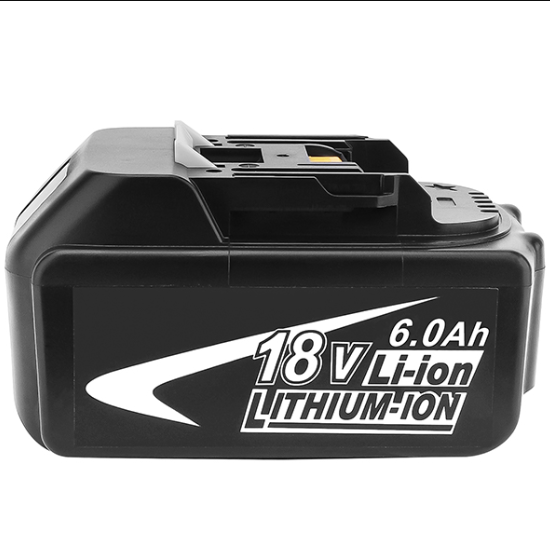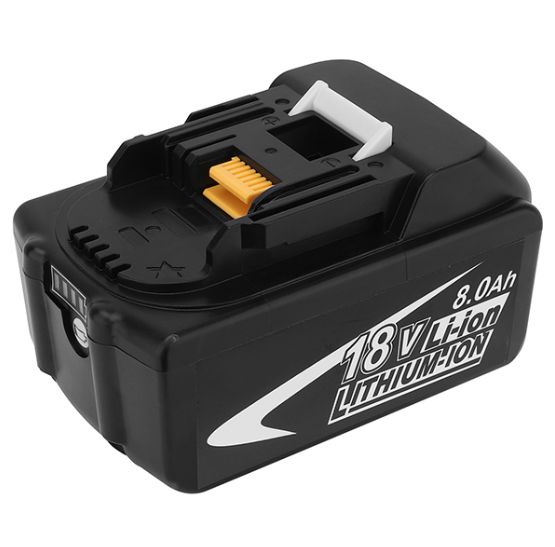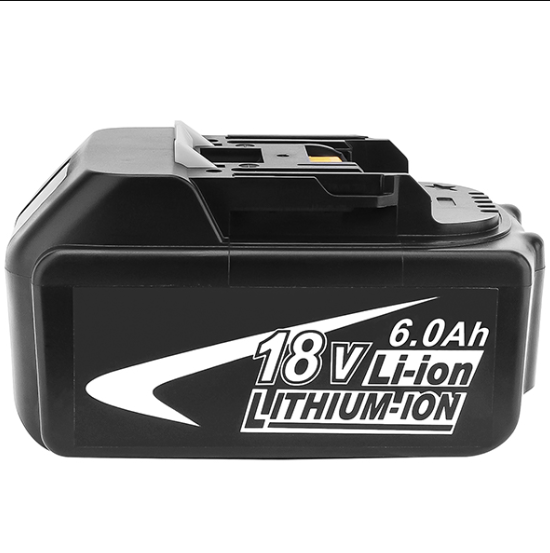News
Site Editor
 Site
/uploads/image/61e7a5cca4d32.png
Designing custom battery packs involves balancing performance, reliability, and safety.
Site
/uploads/image/61e7a5cca4d32.png
Designing custom battery packs involves balancing performance, reliability, and safety.
What Safety Measures Should You Consider in Custom Battery Pack Design?
Views: 854
Author: Site Editor
Publish Time: 2024-08-12
Origin: Site
Designing custom battery packs involves balancing performance, reliability, and safety. Safety is paramount, as batteries can pose significant hazards if not properly managed. This article outlines essential safety measures to consider when designing custom battery packs to ensure they operate safely and effectively.
Understanding Battery Chemistry
Different battery chemistries have varying safety profiles. Common chemistries include:
-
Lithium-Ion (Li-Ion): High energy density but requires careful management to prevent overheating and overcharging.
-
Nickel-Metal Hydride (Ni-MH): Safer than Li-Ion but with lower energy density.
-
Lithium Iron Phosphate (LiFePO4): Safer and more stable than standard Li-Ion, but with slightly lower energy density.
Selecting the appropriate chemistry based on your application's requirements and safety considerations is the first step.

Overcharge and Over-Discharge Protection
Overcharging and over-discharging can damage batteries and lead to safety hazards. Implementing protection circuits can prevent these issues:
-
Overcharge Protection: Ensure that the battery management system (BMS) or charging circuitry stops charging when the battery reaches its maximum voltage.
-
Over-Discharge Protection: The BMS should disconnect the load when the battery voltage drops below a safe level to prevent damage and potential safety risks.
Temperature Management
Batteries generate heat during charging and discharging. Excessive heat can cause thermal runaway, leading to fires or explosions. Consider the following measures:
-
Thermal Sensors: Integrate temperature sensors to monitor battery temperature in real-time.
-
Thermal Management Systems: Use heat sinks, fans, or liquid cooling to dissipate heat effectively.
-
Thermal Cutoff: Include a mechanism to shut down the battery if it exceeds safe temperature limits.
Short-Circuit Protection
Short circuits can cause high current flow, leading to overheating and potential fires. Incorporate these protections:
-
Fuses and Circuit Breakers: Include fuses or circuit breakers that disconnect the battery in the event of a short circuit.
-
Current Limiting Devices: Use resistors or other components to limit the current flow and prevent excessive currents.
Cell Balancing
In multi-cell battery packs, cells can become imbalanced, leading to overcharging or over-discharging of individual cells. Implement cell balancing techniques:
-
Passive Balancing: Uses resistors to bleed off excess charge from higher-voltage cells.
-
Active Balancing: Transfers charge between cells to equalize their voltages, improving overall battery health and safety.
Mechanical Design
The physical design of the battery pack also impacts safety:
-
Robust Enclosures: Use strong, durable materials to protect the cells from physical damage.
-
Ventilation: Ensure proper ventilation to dissipate heat and prevent gas buildup in the case of cell venting.
-
Shock and Vibration Resistance: Design the pack to withstand shocks and vibrations without damaging the cells or connections.
Compliance with Standards
Adhere to relevant safety standards and certifications for battery design, such as:
-
UL 1642: Standard for lithium batteries.
-
UN 38.3: Transportation testing for lithium batteries.
-
IEC 62133: Safety requirements for portable sealed secondary cells.
Meeting these standards ensures your battery pack meets industry-recognized safety benchmarks.

Fire Suppression
Incorporate measures to handle potential fire incidents:
-
Fire-Resistant Materials: Use materials that resist ignition and slow down the spread of fire.
-
Fire Extinguishing Systems: In critical applications, include fire suppression systems that activate in the event of a fire.
Regular Testing and Maintenance
Implement rigorous testing protocols during the design phase and regular maintenance checks during operation:
-
Simulation Testing: Use simulation tools to model battery performance under various conditions.
-
Prototype Testing: Test prototypes under real-world conditions to identify potential issues.
-
Maintenance Schedules: Establish regular inspection and maintenance schedules to ensure the battery pack remains in good condition.
Conclusion
Safety is a critical aspect of custom battery pack design. By considering battery chemistry, incorporating protection circuits, managing temperature, ensuring proper mechanical design, adhering to standards, and implementing fire suppression and maintenance protocols, you can design battery packs that are both high-performing and safe. Prioritizing safety not only protects users but also enhances the reliability and longevity of the battery packs, making them more effective for their intended applications.
At RHY Battery , we focusing on the design, development and manufacturing of cutting-edge battery packs and chargers. We are committed to providing industry-leading battery solutions for your applications.

